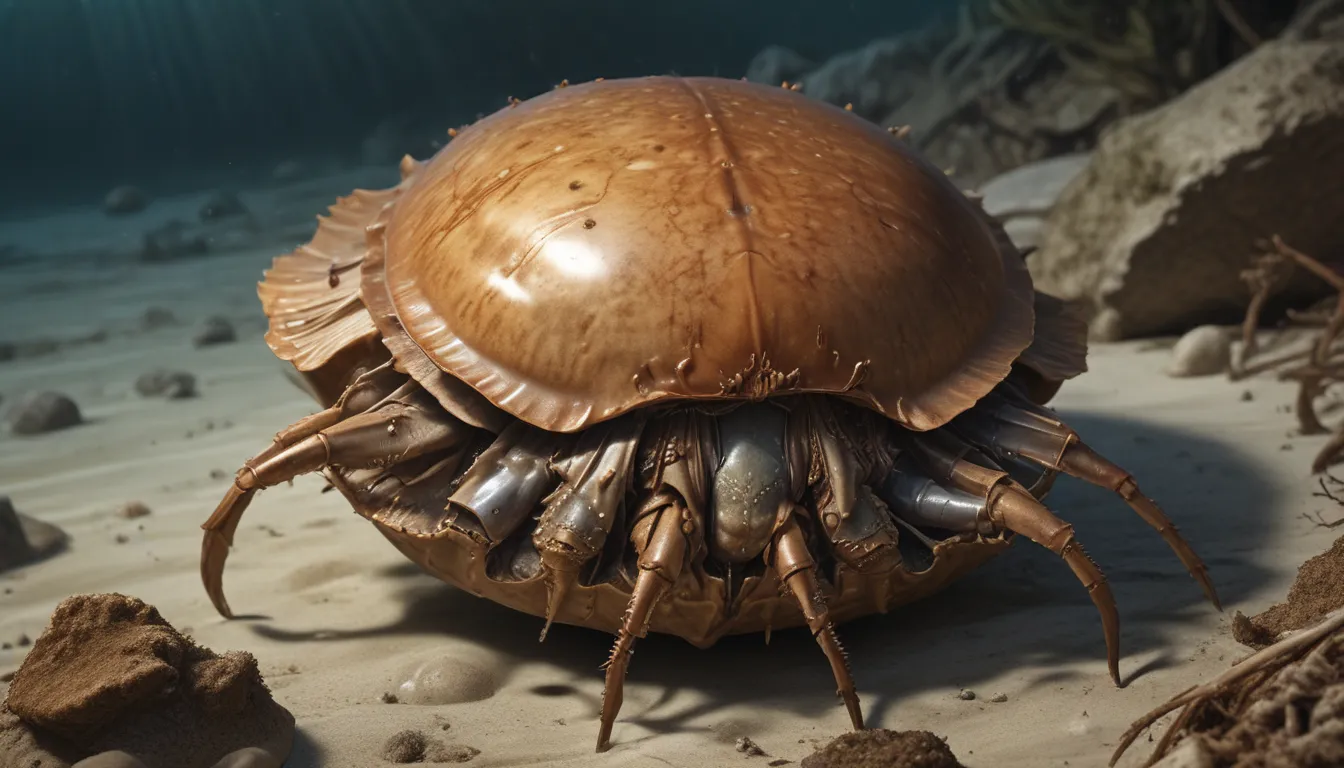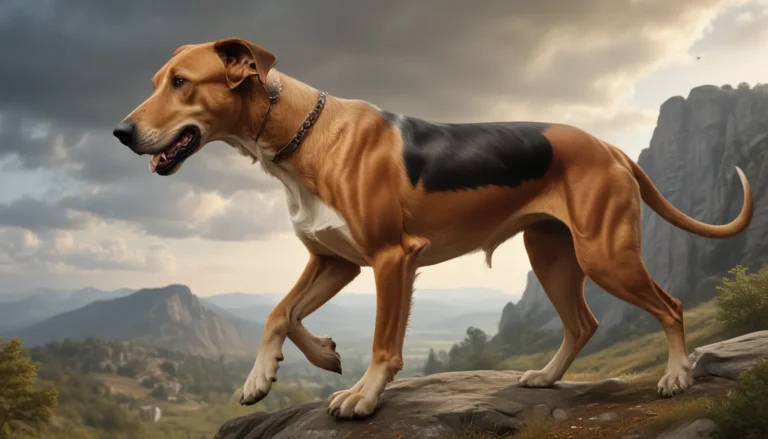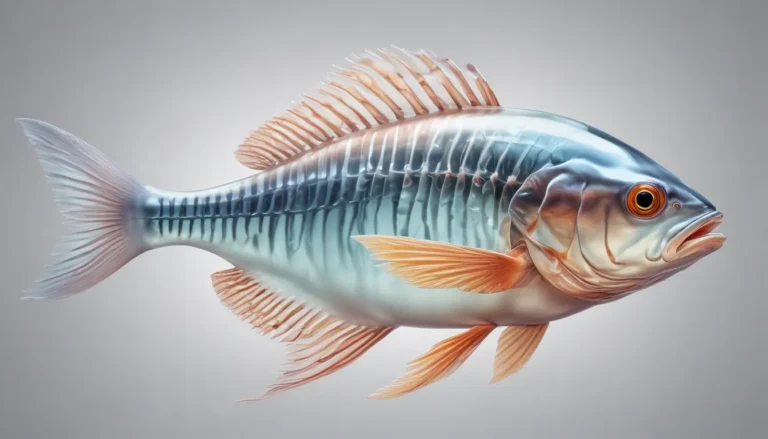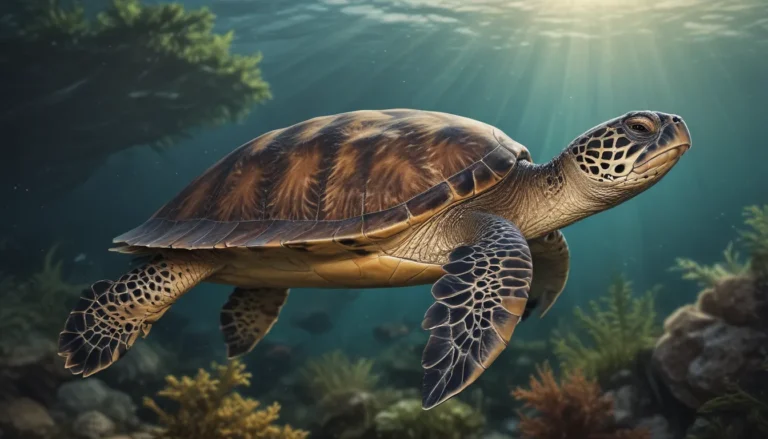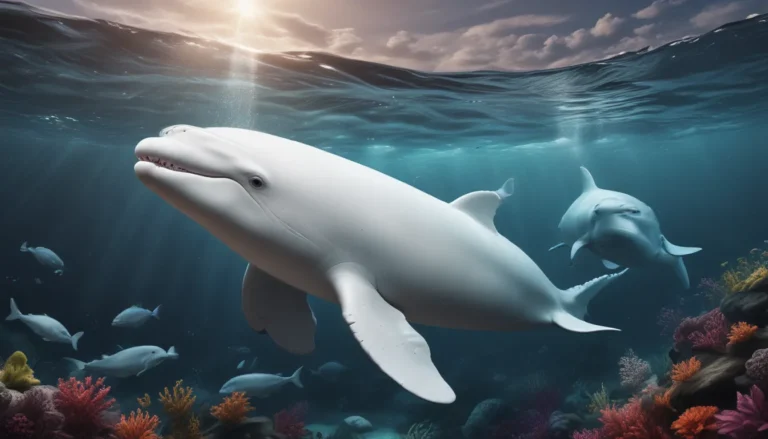The pictures we use in our articles might not show exactly what the words say. We choose these pictures to make you interested in reading more. The pictures work together with the words but don’t take their place. The words still tell you the important facts.
The vast oceans are home to a myriad of fascinating creatures, each with its own unique story to tell. Among the ancient inhabitants of the sea, the horseshoe crab stands out as a true marvel of nature. With a lineage that spans millions of years and a plethora of intriguing adaptations, these creatures have captured the curiosity of scientists and enthusiasts alike.
In this exploration of the horseshoe crab, we will uncover 17 captivating facts about these enigmatic beings. From their ancient origins to their vital role in medical research, we will delve into the biology, behavior, and significance of horseshoe crabs in the grand tapestry of life on Earth. So, let's embark on a journey into the mysterious world of the horseshoe crab and discover the wonders that lie beneath the waves.
Unveiling the Mysteries of the Horseshoe Crab
Ancient Beings
Step back in time to over 450 million years ago, and you'll find the horseshoe crab, a living relic from a bygone era. These ancient arthropods have withstood the test of time, surviving multiple mass extinctions and providing invaluable insights into the prehistoric past of our planet.
Not Actually Crabs
Despite their misnomer, horseshoe crabs are not true crabs at all. Belonging to a distinct taxonomic group known as Merostomata, these creatures are more closely related to arachnids like spiders and scorpions rather than crustaceans.
Blue Blood
One of the most intriguing features of the horseshoe crab is its vibrant blue blood, which contains copper instead of iron. This unique adaptation allows them to efficiently transport oxygen and has paved the way for their crucial role in medical research.
Spawning Spectacle
Each spring, a remarkable phenomenon unfolds along the Northeast coast of the United States as thousands of horseshoe crabs gather for their annual spawning ritual. The sight of these ancient creatures laying their eggs on the beaches is a spectacle to behold.
Important Ecological Role
Horseshoe crabs play a vital role in coastal ecosystems, with their eggs serving as a crucial food source for migratory shorebirds such as the endangered red knot. Their presence is essential for maintaining the delicate balance of these habitats.
Hard Shell Protection
Equipped with a sturdy exoskeleton called a carapace, horseshoe crabs are well-armed against predators. This hard yet flexible shell allows them to navigate their aquatic habitats with ease, ensuring their survival in the harsh ocean environment.
Unique Vision
With their compound eyes, horseshoe crabs possess excellent vision, particularly in low light conditions. These keen eyesight abilities help them detect predators, locate mates, and navigate the intricate underwater world.
Multiple Pairs of Legs
Horseshoe crabs boast five pairs of legs, each serving a specific function. From feeding and mating to walking and swimming, these versatile appendages allow them to thrive in various environments.
Molting Process
Like their arthropod relatives, horseshoe crabs undergo a molting process to grow and regenerate. Shedding their old exoskeletons and emerging with fresh new shells, they navigate the vulnerable period of growth and adaptation.
Living Fossils
Known as "living fossils," horseshoe crabs have retained their basic body structure over millions of years, showcasing the remarkable resilience and evolutionary stability of these ancient creatures.
Five Pairs of Book Gills
Respiring through specialized appendages called book gills, horseshoe crabs extract oxygen from the water and utilize water currents for swimming. These intricate respiratory structures play a vital role in their aquatic lifestyle.
Dietary Preferences
As scavengers of the ocean floor, horseshoe crabs feed on small organisms, algae, and detritus using their front legs to gather food particles. Their unique feeding habits contribute to the ecological balance of marine ecosystems.
Importance in Medical Research
The horseshoe crab's unique blood properties and immune system have revolutionized modern medicine, particularly in the field of antibiotics. Their blood's ability to detect bacterial contamination has become invaluable in pharmaceutical research.
Long Lifespan
With some individuals living up to 20 years or more, horseshoe crabs boast a relatively long lifespan. This longevity reflects their adaptability and endurance as a species in the ever-changing ocean environment.
Regenerative Abilities
In the face of adversity, horseshoe crabs display remarkable regenerative abilities, allowing them to recover from injuries and adapt to environmental changes. The power to regenerate lost limbs showcases their resilience and survival instincts.
Global Distribution
While commonly found along the Atlantic coast of North America, horseshoe crabs also inhabit coastal regions in Asia, including countries such as China, Japan, and Malaysia. Their unique presence spans across diverse marine ecosystems.
Conservation Efforts
Given their ecological significance and historical importance, horseshoe crabs are the focus of various conservation efforts aimed at protecting their habitats and ensuring their survival for future generations. Preserving these ancient creatures is crucial for maintaining the balance of coastal ecosystems.
Appreciating the Marvels of the Horseshoe Crab
In conclusion, the horseshoe crab is a testament to the wonders of the natural world, with its ancient lineage, unique adaptations, and vital contributions to science and the environment. By understanding and protecting these remarkable creatures, we can continue to marvel at the intricate web of life that surrounds us. So, the next time you encounter a horseshoe crab on the beach, take a moment to appreciate the beauty and resilience of these enigmatic beings.
FAQs about Horseshoe Crabs
-
Are horseshoe crabs actually crabs?
Despite their name, horseshoe crabs are not true crabs and belong to a separate taxonomic group. -
Do horseshoe crabs have blue blood?
Yes, horseshoe crabs have blue blood containing copper-based hemocyanin for oxygen transport. -
Are horseshoe crabs dangerous to humans?
No, horseshoe crabs are not harmful to humans and pose no threat, although their tail spine can cause minor injuries if mishandled. -
What is the purpose of horseshoe crab blood?
Horseshoe crab blood, with its unique properties, is used to test for bacterial contamination in medical equipment and vaccines. -
Are horseshoe crabs endangered?
Some horseshoe crab species are considered vulnerable or endangered due to habitat loss and overharvesting. -
How long have horseshoe crabs been around?
Horseshoe crabs boast a fossil record dating back around 450 million years, making them one of the oldest living organisms on Earth. -
Can horseshoe crabs see?
While possessing rudimentary visual senses, horseshoe crabs primarily rely on touch and smell for navigation and food detection. -
How do horseshoe crabs reproduce?
During mating season, female horseshoe crabs lay eggs on sandy beaches, which are fertilized by males, hatching into miniature adult forms. -
Can horseshoe crabs regenerate their tails?
Yes, horseshoe crabs possess the ability to regenerate lost tails over time through multiple molting cycles. -
Are horseshoe crabs protected species?
Horseshoe crabs are protected under conservation efforts to maintain their population stability and preserve their ecological importance.
Embracing the Beauty of Nature’s Timeless Creations
As we unravel the mysteries of horseshoe crabs, we are captivated by their ancient lineage, unique adaptations, and vital roles in our ecosystem. These incredible creatures serve as a reminder of the awe-inspiring diversity of life on Earth and the importance of conservation efforts to protect and cherish them. So, let us continue to explore the wonders of the natural world and celebrate the fascinating creatures that share our planet.
